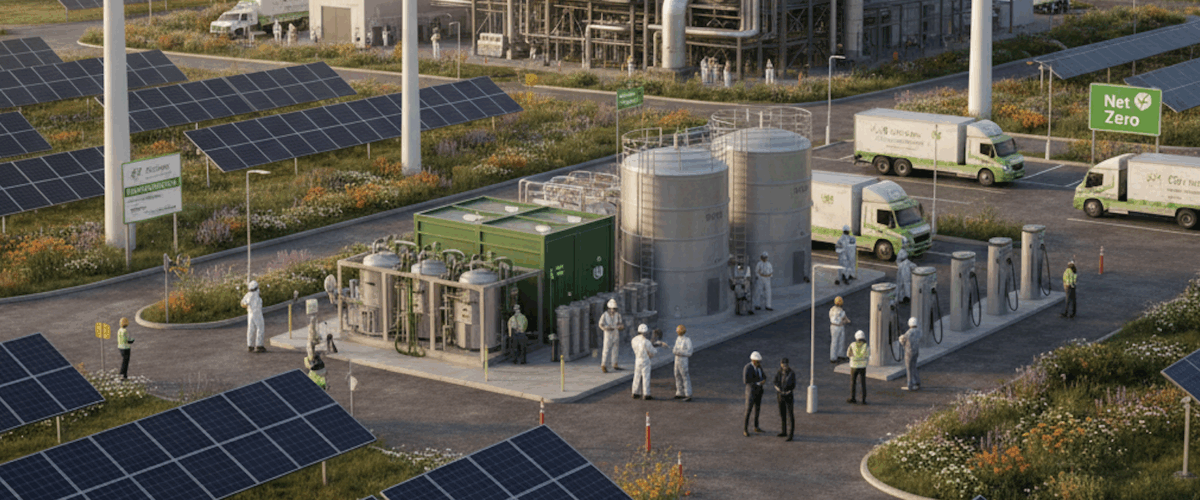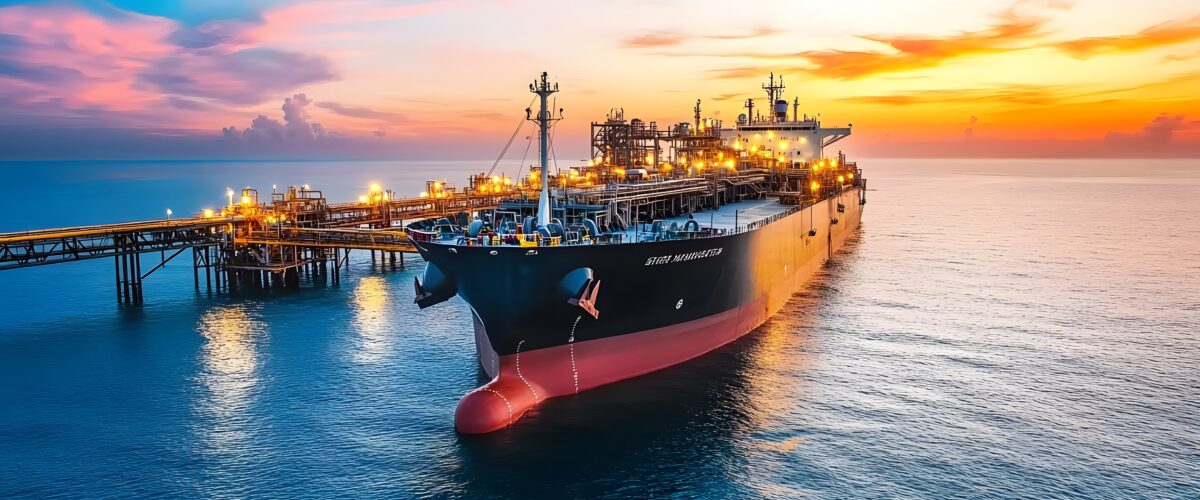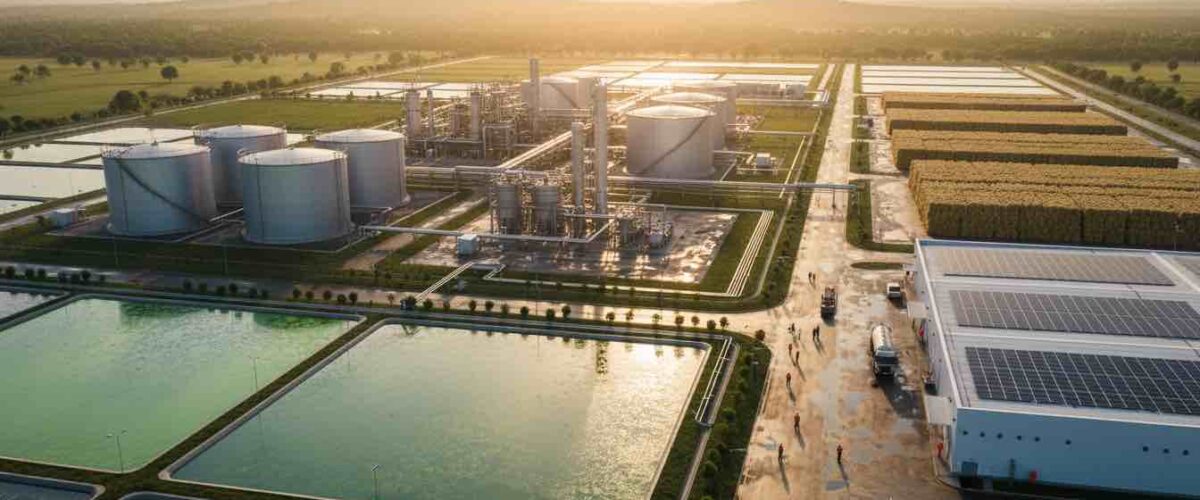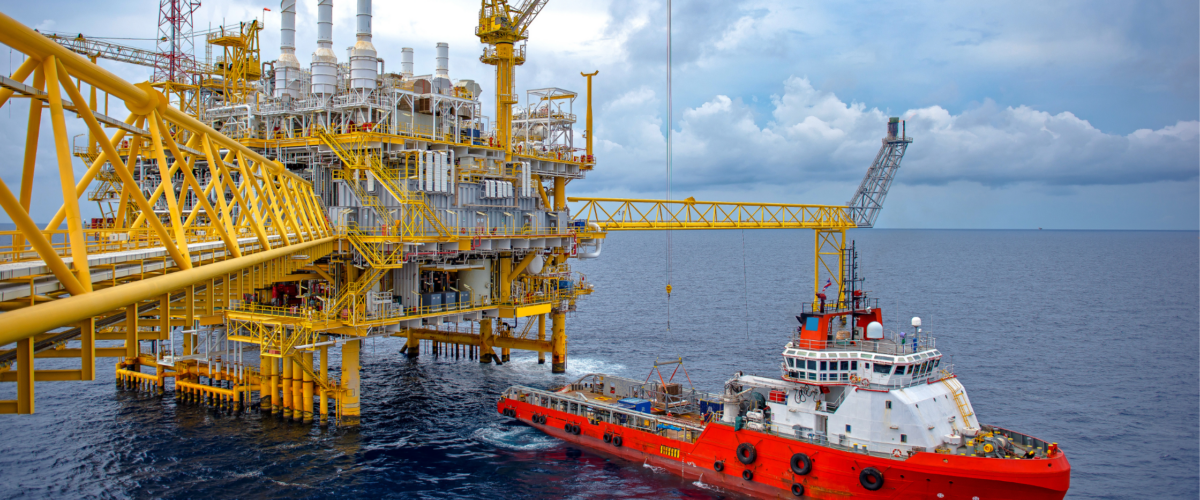Offshore oil and gas operations are among the most complex and high-risk industries in the world. Platforms, rigs, and other offshore assets are subject to harsh environmental conditions, extreme weather, and the constant wear and tear of heavy machinery. As a result, unplanned downtime due to equipment failure can lead to significant operational losses, environmental risks, and safety concerns. To combat these challenges, many offshore operators are turning to predictive maintenance (PdM) — a proactive approach that uses data and advanced technologies to anticipate equipment failures before they happen. In this blog, we’ll explore how predictive maintenance is revolutionizing offshore asset reliability, helping to reduce costs, improve safety, and ensure smooth operations.
What is Predictive Maintenance?
Predictive maintenance is a maintenance strategy that uses real-time data, analytics, and machine learning to predict when equipment will fail or require maintenance. Instead of relying on traditional methods like reactive or scheduled maintenance, which can lead to unnecessary downtime or missed failures, predictive maintenance enables operators to monitor the health of their assets continuously and address issues before they cause significant damage or disruption.
By leveraging sensors, Internet of Things (IoT) devices, and advanced analytics, predictive maintenance helps offshore operators monitor the condition of critical equipment, identify potential failures, and make data-driven decisions about maintenance schedules. The result is increased reliability, minimized downtime, and lower operating costs.
How Predictive Maintenance Works in Offshore Operations
Offshore platforms are equipped with a wide range of machinery, including pumps, turbines, compressors, and generators, all of which are essential for maintaining operations. These assets are often located in remote areas, making timely maintenance and repairs more challenging. Predictive maintenance addresses this issue by continuously collecting data from sensors installed on equipment to monitor variables such as temperature, vibration, pressure, and oil levels.
-
Data Collection: Sensors placed on offshore equipment continuously collect data on their operational performance. This can include real-time measurements such as vibration levels, temperature fluctuations, noise, fluid levels, and pressure changes.
-
Data Analysis: The collected data is sent to centralized systems for analysis, where machine learning algorithms and data analytics tools identify patterns and trends. These tools can detect deviations from normal operating conditions and flag potential issues that may lead to equipment failure.
-
Predicting Failures: Based on historical data and predictive algorithms, offshore operators can forecast when a piece of equipment is likely to fail or require maintenance. For example, if a pump’s vibration levels are steadily increasing over time, predictive models may identify this as a sign of a potential failure in the near future.
-
Maintenance Recommendations: Armed with these insights, maintenance teams can take proactive steps, such as scheduling repairs or replacing faulty parts before they lead to unexpected downtime or damage to the asset. By addressing issues early, operators can prevent catastrophic failures and reduce repair costs.
Benefits of Predictive Maintenance for Offshore Assets
The implementation of predictive maintenance in offshore operations offers a range of benefits that contribute to improved asset reliability, safety, and cost savings:
1. Reduced Downtime and Increased Operational Efficiency
One of the biggest challenges in offshore operations is minimizing downtime, especially when assets are located far from shore or in difficult-to-reach locations. Unexpected equipment failures can lead to costly delays and disruptions, sometimes requiring helicopters or ships for repairs. Predictive maintenance helps prevent this by identifying potential failures before they occur, allowing operators to plan maintenance during scheduled downtime rather than reacting to unexpected breakdowns. This leads to more efficient operations and higher asset uptime.
2. Improved Safety and Risk Management
Offshore environments are inherently dangerous, with the potential for equipment failures leading to safety risks for workers and environmental hazards. Predictive maintenance helps mitigate these risks by addressing potential issues before they escalate into safety hazards. For example, predicting the failure of a safety-critical component, such as a pressure valve or blowout preventer, allows operators to take preventive measures, avoiding accidents and ensuring the safety of personnel. By reducing the likelihood of catastrophic equipment failure, predictive maintenance contributes to a safer work environment.
3. Cost Savings Through Optimized Maintenance
Reactive maintenance — the practice of fixing equipment only after it breaks — is often more expensive than proactive strategies. Not only do unplanned repairs cost more due to emergency labor and expedited parts, but they can also result in costly downtime and lost productivity. Predictive maintenance, on the other hand, allows operators to make informed decisions about when to replace or service equipment, leading to optimized maintenance schedules and reduced overall maintenance costs. By replacing components only when necessary, operators avoid unnecessary expenditures on spare parts and avoid costly emergency repairs.
4. Extended Asset Lifespan
Routine maintenance, when done at the right time, can extend the life of offshore assets. Predictive maintenance allows operators to make maintenance decisions based on the actual condition of equipment rather than fixed schedules, ensuring that assets are not over-maintained or under-maintained. As a result, critical equipment, such as drilling rigs, subsea infrastructure, and turbines, can be operated for longer periods without the need for premature replacements.
5. Better Resource Allocation
Predictive maintenance enables offshore operators to allocate maintenance resources more effectively. Rather than relying on general time-based schedules or reacting to equipment breakdowns, operators can focus resources on the assets that need the most attention, minimizing unnecessary work. This leads to more efficient use of personnel, materials, and equipment, further improving the bottom line.
Real-World Applications of Predictive Maintenance in Offshore Operations
Several offshore operators have already begun implementing predictive maintenance to improve asset reliability and reduce operational risks. Here are some real-world examples of how predictive maintenance is being used:
-
Shell: Shell has deployed predictive maintenance solutions in its offshore oil and gas operations, using sensors and machine learning algorithms to monitor the health of equipment on drilling rigs and platforms. By analyzing real-time data, Shell has been able to identify equipment failures before they occur, reducing downtime and improving operational efficiency.
-
BP: BP has been using predictive analytics to monitor the condition of critical equipment on its offshore rigs, including pumps and compressors. By combining data from sensors with predictive models, BP has improved asset uptime and minimized unnecessary maintenance costs.
-
Equinor: Equinor has implemented predictive maintenance technologies in its offshore wind farms and oil rigs. Through the use of advanced analytics, the company has been able to extend the life of key assets and improve reliability, while also reducing costs associated with unscheduled repairs.
The Future of Predictive Maintenance in Offshore Operations
As technology continues to evolve, predictive maintenance will become an even more integral part of offshore asset management. Advancements in machine learning, IoT, and cloud computing will make it possible to gather even more granular data from offshore operations, providing operators with deeper insights into asset health. With the continued integration of digital twins, AI, and edge computing, predictive maintenance will become more autonomous, enabling even greater levels of automation and optimization in offshore operations.
As the offshore oil and gas industry faces increasing pressure to improve safety, reduce costs, and minimize environmental impact, predictive maintenance will remain a powerful tool in the quest for reliable and efficient operations. By enabling operators to anticipate issues before they arise, predictive maintenance is not only enhancing the reliability of offshore assets but also paving the way for a safer, more sustainable future in offshore energy production.
Predictive maintenance is transforming offshore asset reliability by leveraging data-driven insights to predict equipment failures before they occur. By reducing downtime, improving safety, extending asset life, and optimizing maintenance costs, this technology is helping offshore operators enhance operational efficiency and reduce risks. As the offshore industry continues to embrace digitalization and advanced technologies, predictive maintenance will play a crucial role in ensuring the long-term success and sustainability of offshore operations.
Read more on Sparkview Energy:
Emergency Response Planning for Offshore Oil and Gas Incidents
Protecting Marine Ecosystems in Offshore Oil and Gas Operations
The Future of Offshore Oil Platforms: Innovations in Design and Sustainability










